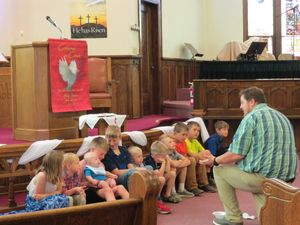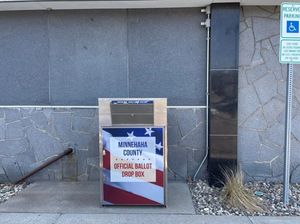South Dakota churches will undoubtedly see attendance jump during Easter services on Sunday as Christians come out in large numbers to celebrate the resurrection of Jesus Christ.
But behind the scenes, many church leaders will worry whether they can maintain the holiday momentum as religious affiliation and church attendance continue a long downward slide across the United States.
The Rev. J. Joseph Holzhauser, pastor of Saints Peter & Paul Catholic Church in Pierre, is one of numerous clergy in South Dakota trying to rebuild or at least maintain current church membership levels.
In roughly the past decade, the church has seen attendance at its Saturday evening and two Sunday morning masses fall by 13%, from about 800 a weekend eight years ago to 700 a weekend now.
In the Sioux Falls Catholic Diocese, which serves all of East River South Dakota, records indicate that church attendance in 2022 was down 26% compared with 2010 and that membership has also fallen.
Holzhauser said there had been “slippage” in church attendance and affiliation for several years prior to the COVID-19 pandemic. But churches have seen a significant decline since.
More from SD News Watch: How some South Dakota churches are adapting to attendance declines
“We’re never going to get everyone back,” he said. “It’s not necessarily anti-God. It’s just that people’s habits are changing. It (the pandemic) severed some ties, and it’s hard to break a habit, good or bad, and we’ve seen this new habit of not going to church.”
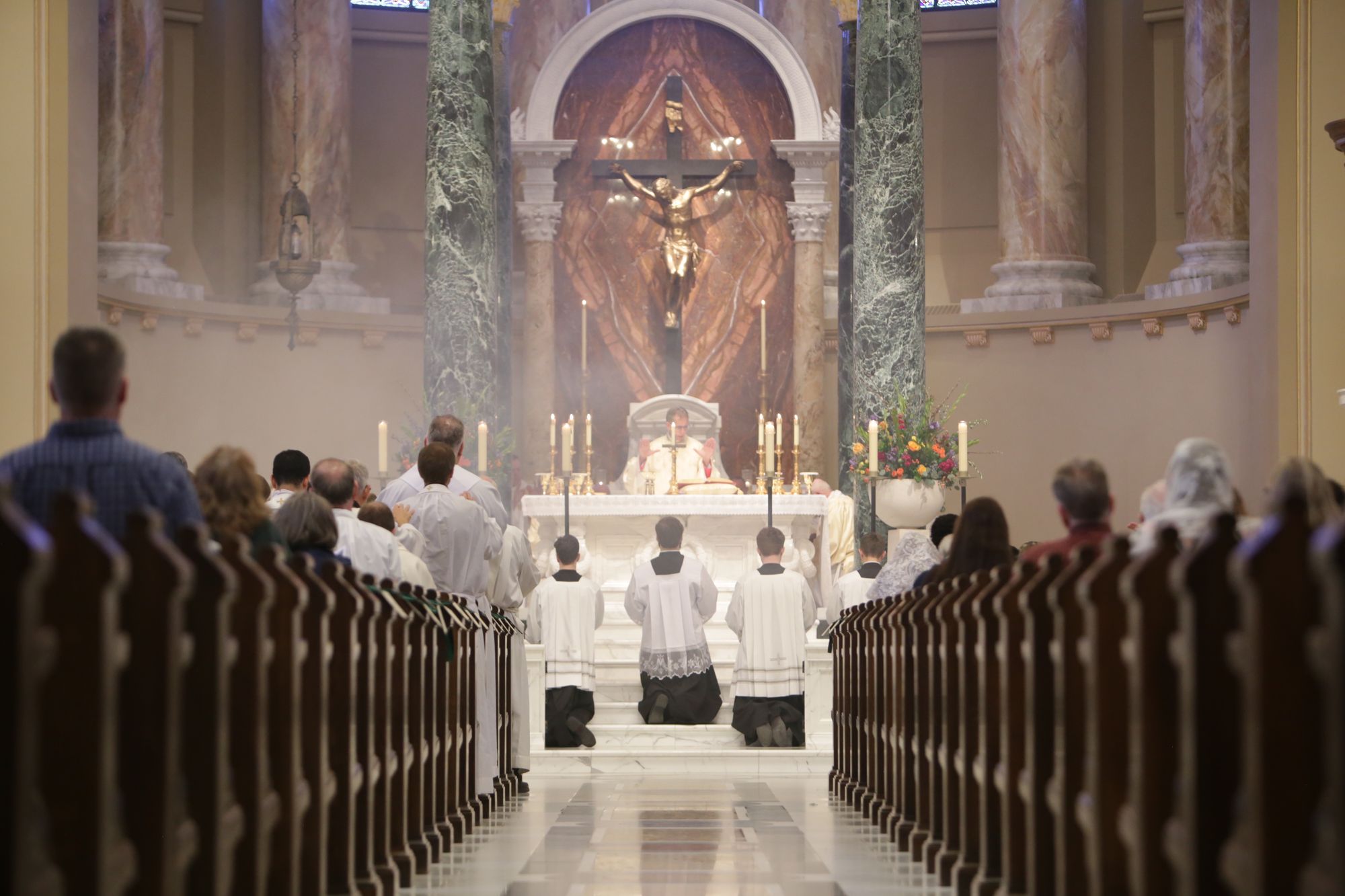
Membership in the Evangelical Lutheran Church in America, one of the largest churches in South Dakota, is down 40% over the past 30 years nationally and has fallen by almost 12% in South Dakota over roughly the past decade. Attendance at Lutheran churches in South Dakota is down about 10% since 2013, and the ELCA recently closed churches in Newell and Bradley.
More people watching from home
Prior to the pandemic, Holzhauser’s church developed a live-streaming option for churchgoers who were infirm or who wanted to stay home and watch masses live or on video on the church website. Online attendance has grown since the pandemic, with some members who used to attend in person finding it more desirable to watch at their own convenience.
Holzhauser said Easter and Christmas are two annual “surge points” in church attendance that he hopes may attract new members or encourage occasional visitors to attend more regularly.
While the church has no formal program to attract new members, parish leaders have asked church members who attend regularly to encourage attendance among occasional attendees or to communicate with non-members to bring them into the parish.
“We’ve asked them to make peer contacts, to talk to their friends and neighbors,” he said.
Holzhauser said churches in America seeing reduced membership may find greater commitment in parishioners who remain. “What we’re going to end up with is not as many people, but those who are left behind will be really really invested,” he said.
Holzhauser said continued declines in attendance and membership may delay or put an end to maintenance of existing buildings or construction of anything new. “I think the outcome will be some of the physical plants, brick and mortar things, will just have to go away,” he said.
Some churches, especially in rural areas undergoing population declines, may close or consolidate if attendance continues to fall off. That trend has already played out in some regions of South Dakota, including in Hughes County, where Holzhauser said three or four rural churches have closed in recent decades.
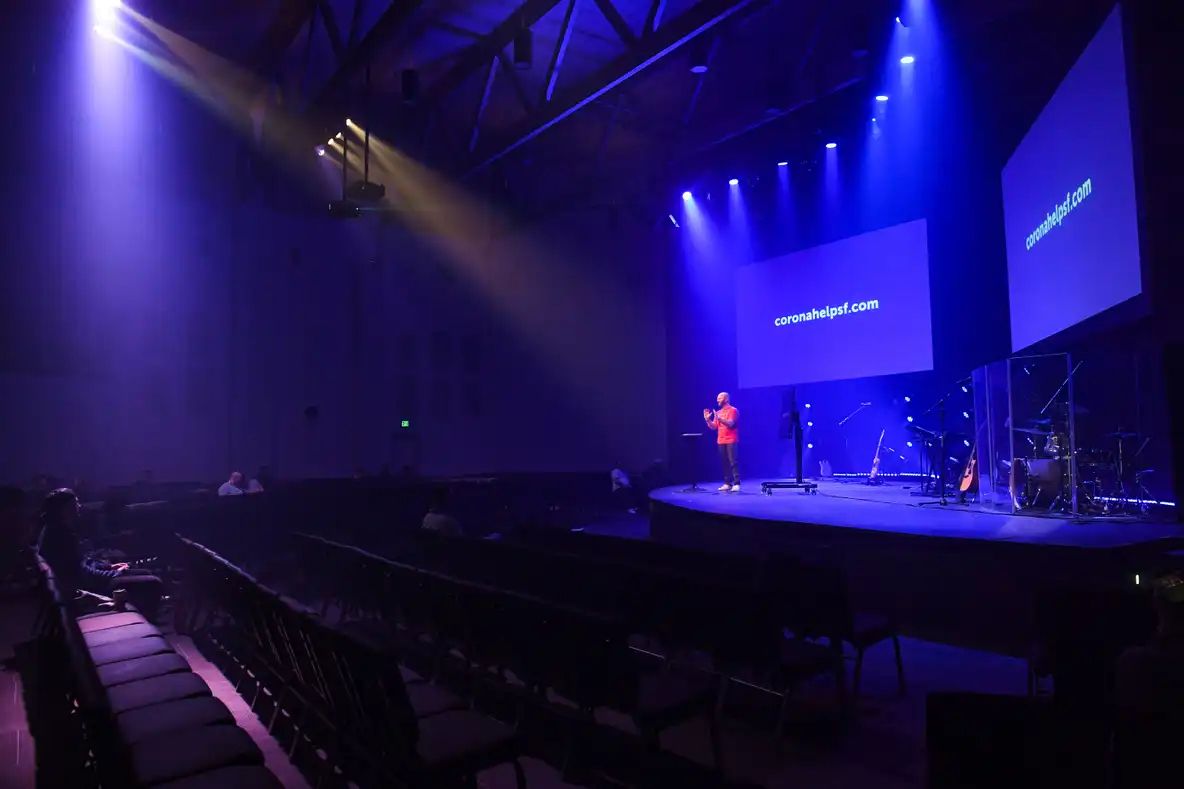
People’s views of God are changing
The importance of religion in the lives of individuals and religion’s influence on the country as a whole are also falling. Individuals who said religion is very important in their lives fell from 58% in 2001 to 49% in 2021. Gallup polling in 2001 showed that only 39% of Americans felt the influence of religion was falling in the United States, compared with 78% who said its influence was falling in 2021.
Poll results also show a decline in belief in the Bible, God, angels, heaven and hell.
Those changing beliefs have resulted in lower religious affiliation and reduced church membership and attendance, according to Gallup.
Perhaps most worrisome for church leaders in South Dakota and elsewhere is that in recent surveys, the people who do not affiliate with any religion, the so-called nones, are the fastest-growing segment of the national population as indicated in surveys about religion, faith and beliefs. Their ranks nearly tripled in the past 20 years, from 8% in 2001 to 21% in 2021. For several years in the 1950s, only 1% of Americans reported no religious affiliation.
Religious scholars and church leaders say the decline in church membership and attendance is being fueled by many factors, most of them cultural shifts within society at large.
They include demographic changes that are reducing rural populations where churches are a cornerstone; greater political and cultural divisions within modern society that are driving people apart; generational changes that have made young people less willing to join groups; and self-inflicted wounds within organized religion in the form of sexual and financial crimes and scandals.
Long-term effects could impact society
On a practical level, a decline in church membership and attendance reduces church revenues and availability of human capital. That weakens a church’s ability to bring people together and perform charity work and other good deeds that help individuals and a community survive and thrive.
It can also eliminate or reduce the effectiveness of a long-relied-upon way that people in cities large and small come together to get to know one another, to commune and form lasting personal relationships that strengthen communities.
On a spiritual level, some church leaders believe they are in a fight for the soul of the state, of the nation and of individual human beings.
Zach Kingery, a pastor at two United Methodist Churches in southeastern South Dakota, said it is impossible to overstate the important role churches play in communities and the lives of individuals. To Kingery, attending church is one important way people learn not only to get closer to God, and to live together in harmony and mutual support, but also to live a more godly life that makes the world a better place.
More SD News Watch: Serenity Dennard disappearance: 2019 mystery still causing misery
“Every week we close the service and I tell people that they are sent out into the world to share the word of God and be the light of Christ, to be more like Christ, to reach out to others and to help people,” he said. “Peace, patience, joy, love, goodness, kindness, all the fruits of the spirit. Those are meant to be shared with people.”
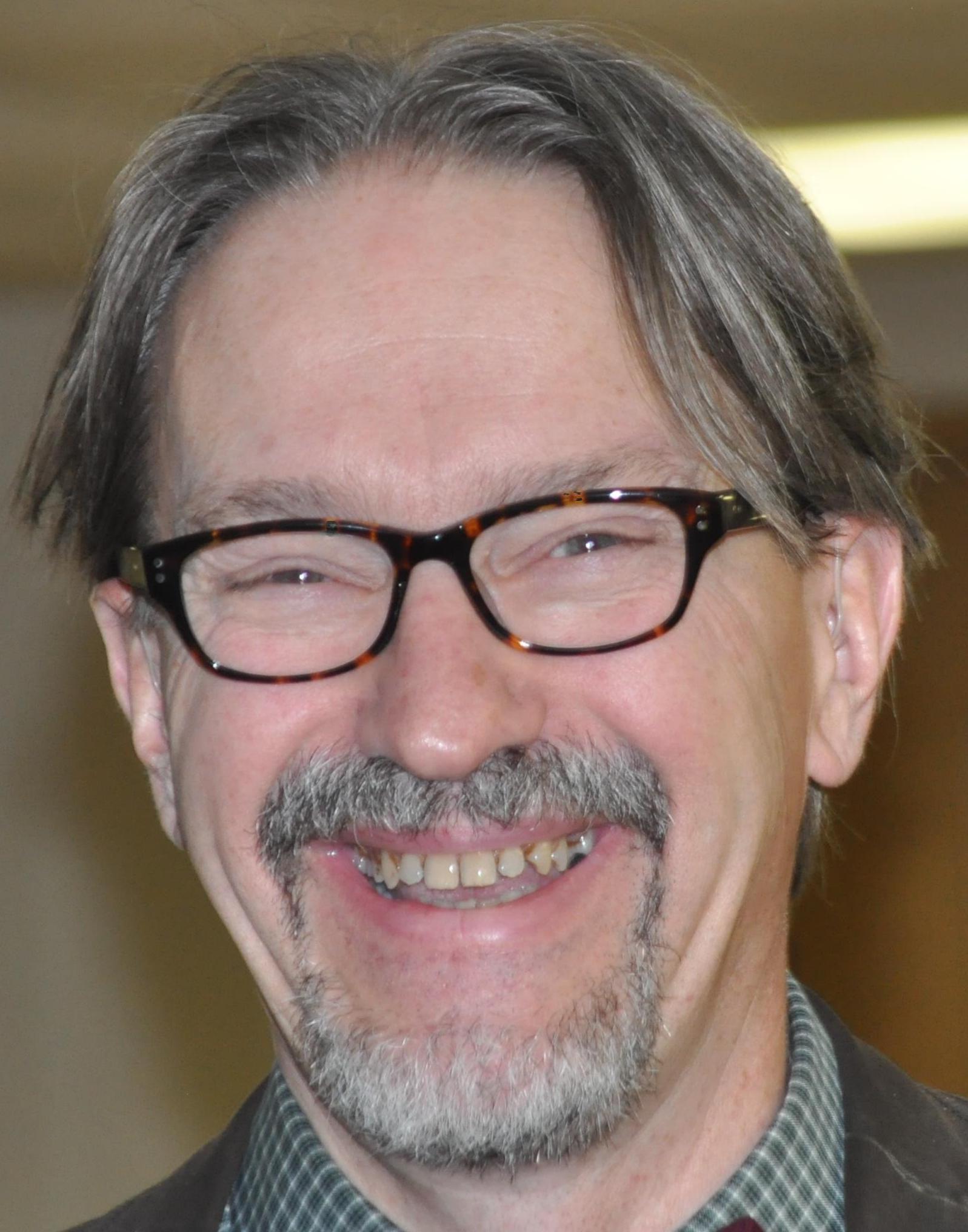
Richard Swanson, a religion professor at Augustana University in Sioux Falls, said the drop in religious affiliation and attendance is troubling because now, perhaps more than ever, people need a place to gather, to share in triumphs and tragedies, to commune with other humans and a higher power, and to seek and perhaps find deeper meaning in their lives and in the world.
Swanson said the reduced interest in religion and church attendance in America could have the long-term effect of making individuals and communities more callous to the pain and suffering of others and less willing to help.
“I grew up believing that in the universe, it is expected that little kids would not go to bed hungry, or that other basic problems must be solved,” he said. “To me, losing a religious community would take away the place where I would learn social responsibility. Church communities have been one of the places where that sense of social responsibility has been fostered.”
Loss of a church hastens overall rural decline
The loss of a church or decline in its reach or influence can hasten the demise of small towns in South Dakota that already suffer population loss or languish economically. Especially in a small town, it can be seen as one more reason for some residents to move away, Swanson said.
“Does it matter to the town if there’s a grocery store or a church? Well, yes, it matters a great deal,” he said. “The town I grew up in lost its last grocery store, and now people say the town is hollowed out and there’s nothing left. The loss of a religious community in a small town has that same impact because no longer is there a space where you sit with people, sing with people or think with people and explore spirituality with people.”
Demographic changes, especially in rural areas, are playing a large role in declining church membership and attendance, Swanson said.
As rural populations have shrunk, and young adults have increasingly fled small towns where they grew up to reside in larger cities, churches have suffered a generational break in attendance patterns, he said.
“For people that grew up in small-town South Dakota, going to church was something they just grew up with. Going to church was for them simply as ordinary a part of life as going to the grocery store or going bowling,” Swanson said. “People have been fleeing rural communities for a century, and when they land in big cities, they discover they don’t have the same patterns there, and that population has become significantly disconnected from churches.”
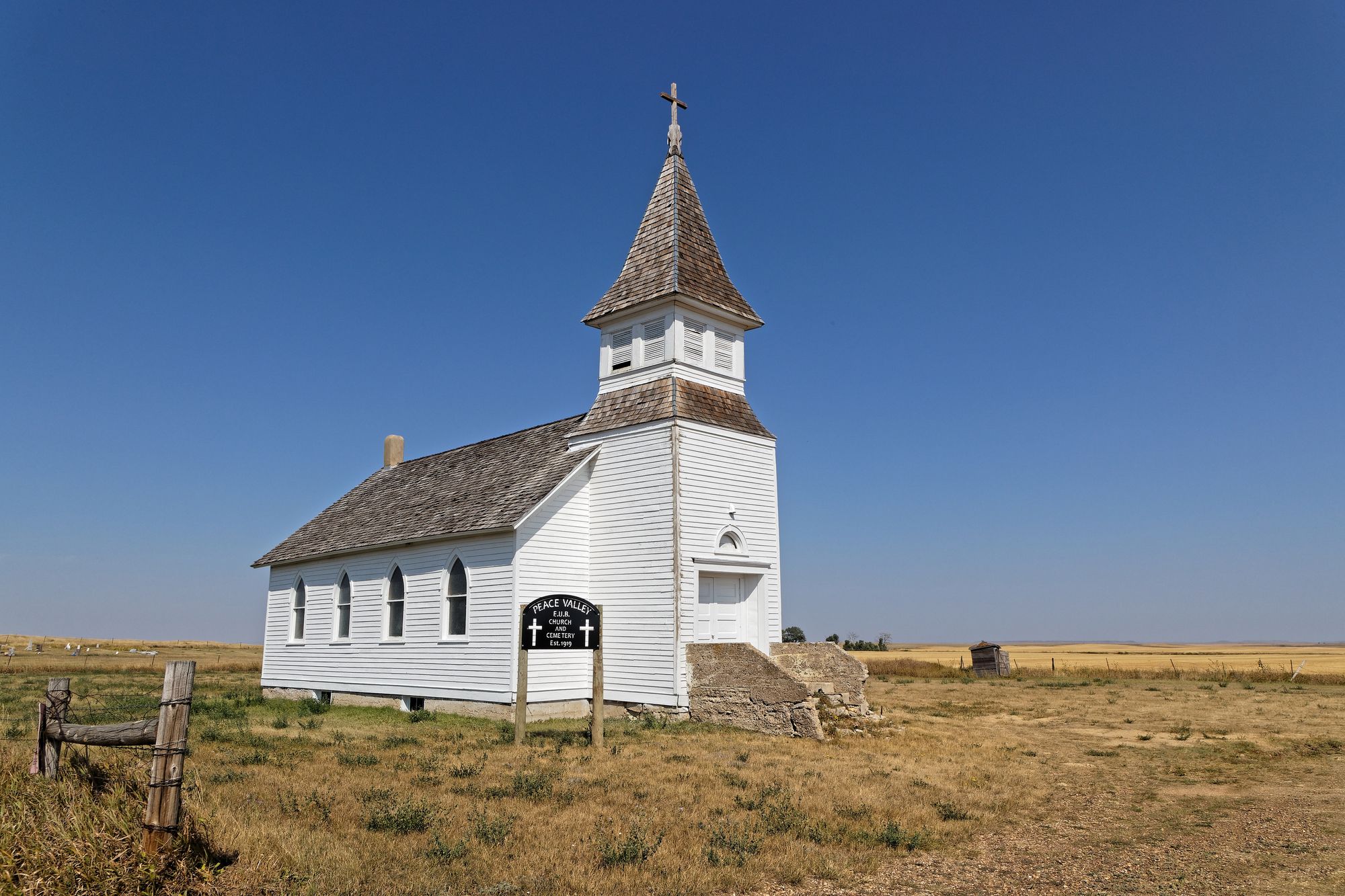
Politics and division also part of the equation
Another reason for the declines in organized religion is the influence of politics within individual congregations as well as national religious denominations, said George Tsakiridis, a professor of religion at South Dakota State University.
From strong positions on abortion, sexuality or even the response of governments and individuals to the COVID pandemic, the more political and cultural views permeate the church, the less likely some people will be to attend regularly, Tsakiridis said.
“You have political emphases within those denominations that then affect people in the pews. It allows people to say, ‘Hey, I don’t agree with this political stance the church is now taking, so therefore I don’t feel comfortable here anymore,’” he said.
The decline in church attendance can be traced in part to divisions in American society that have deepened in recent years, whether based on political party, liberal versus conservative thinking or in regard to religious beliefs, said Tsakiridis.
Swanson also sees the divide in politics and culture in America oozing into churches and hurting their ability to appeal to a wide range of people from differing backgrounds or ideologies.
“People have commented on the decreasing ability of Americans to talk to one another with civility,” he said. “People in church organizations, just as people in political discussions, have found themselves engaging in vitriol more than in conversation, and that’s a piece that has split some congregations, and it drives some people away.”
Abusive church leaders also drive people away
Meanwhile, the sometimes binary approach to good and evil, and worthy and unworthy, that can arise in religious preachings, does not create a welcoming feeling among churchgoers or those who may consider joining a church, Swanson said.
“If people are done with politics, people are also done with religion in the same way because they’re tired of the yelling and the blaming and the rigidity that goes with religion,” Swanson said.
Swanson said religion, like other social groupings, has historically attracted leaders who are narcissistic or who have the capacity to abuse or disregard others, and he theorized that the church in America has been slow to recognize that fact and to take steps to protect churchgoers or better screen for potentially troubled leaders.
The abuse of children and vulnerable adults by priests and others in the Catholic Church, and the cover-up of the abuse and transfer of abusive priests from one place to another, has caused a distrust of religion in general in America that is hard to shake, Swanson said.
Religious organizations are not alone in having abused human beings, Swanson said, noting that sports, education, entertainment and business and industry have all had to face improper behaviors from people in power. But the damage done to the church in such cases creates a deeper sense of pain that has turned some people away from organized religion in a general sense, he said.
“People approach a community of faith, and somewhere deep in their being, they expect it to be a safe place,” Swanson said. “When that safety is compromised, and people are assaulted in a religious context, it affects us deeply, more deeply than if that occurred someplace else.”
Fewer, younger worshipers with different beliefs
Meanwhile, the average age of churchgoers is rising, and people who eventually die or become unable to attend church are not being replaced by younger adults, Tsakiridis said.
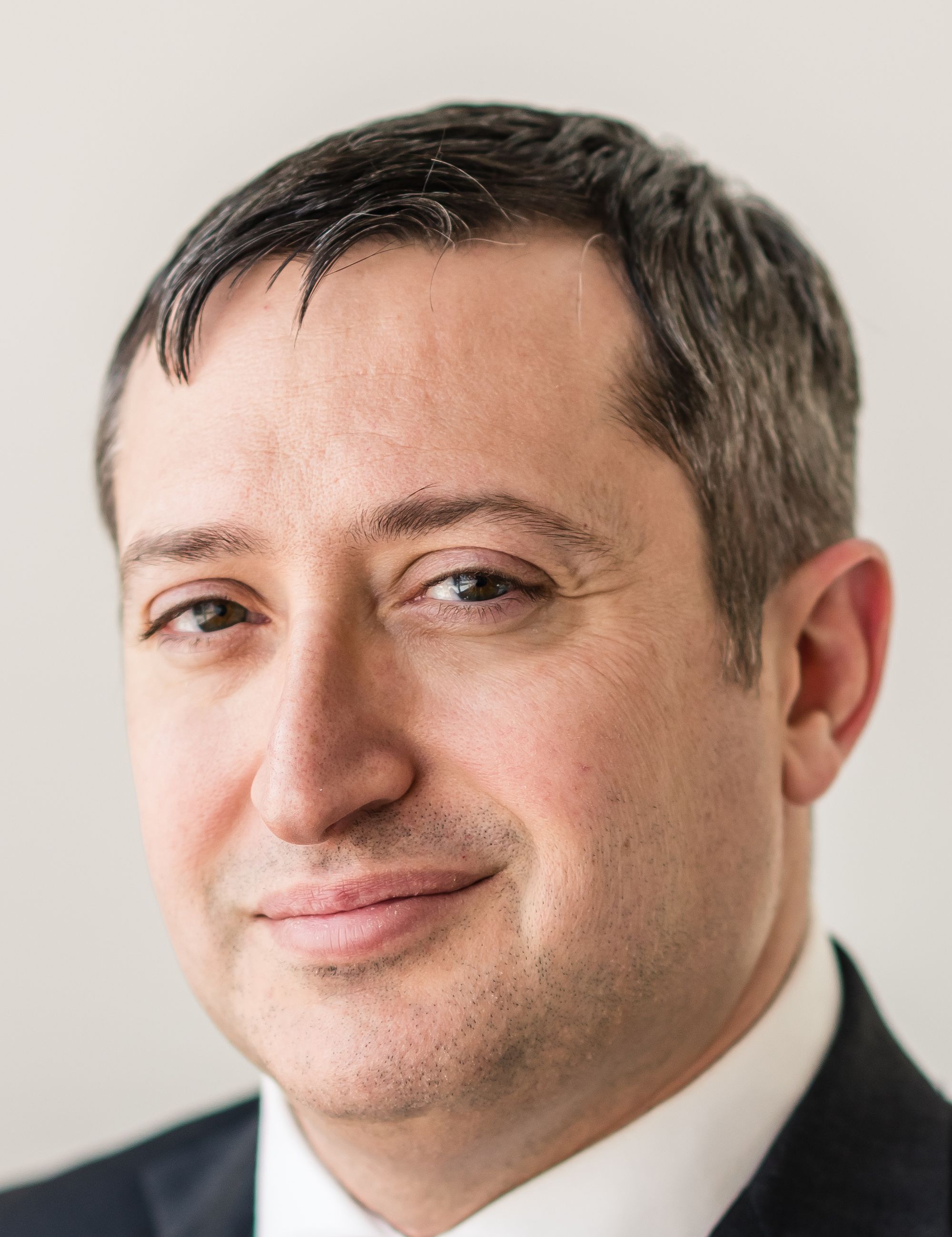
“You have a lot of older churches. So many of the people in those churches are 60, 70 or 80 years old, and those mid-aged families that are missing often formed the heart of churches,” Tsakiridis said.
Some people who never attended church or no longer do so may have a hard time making sense of the role religion is supposed to play in their lives, he added.
“My own theory is that many people shy away from organized religion either because they struggle with the problem of evil. … They wonder why a good God would allow all the bad things we see in the world,” he said. “Or they struggle in a personal sense in that they grow up in a church that was very restrictive or hypocritical in their view, so they moved away from it.”
Tsakiridis said people who are spiritual may feel that they can do better on their own without the support of a church to tell or guide them how to live.
“They still have some spirituality in that they believe in God or a higher power, and they live their life according to that, but they don’t feel the need to attend church as part of that belief,” he said. “They think to themselves, ‘If I’m focused on just being a good person or helping my fellow human beings, I don’t see the need for the church to create that within me.’”
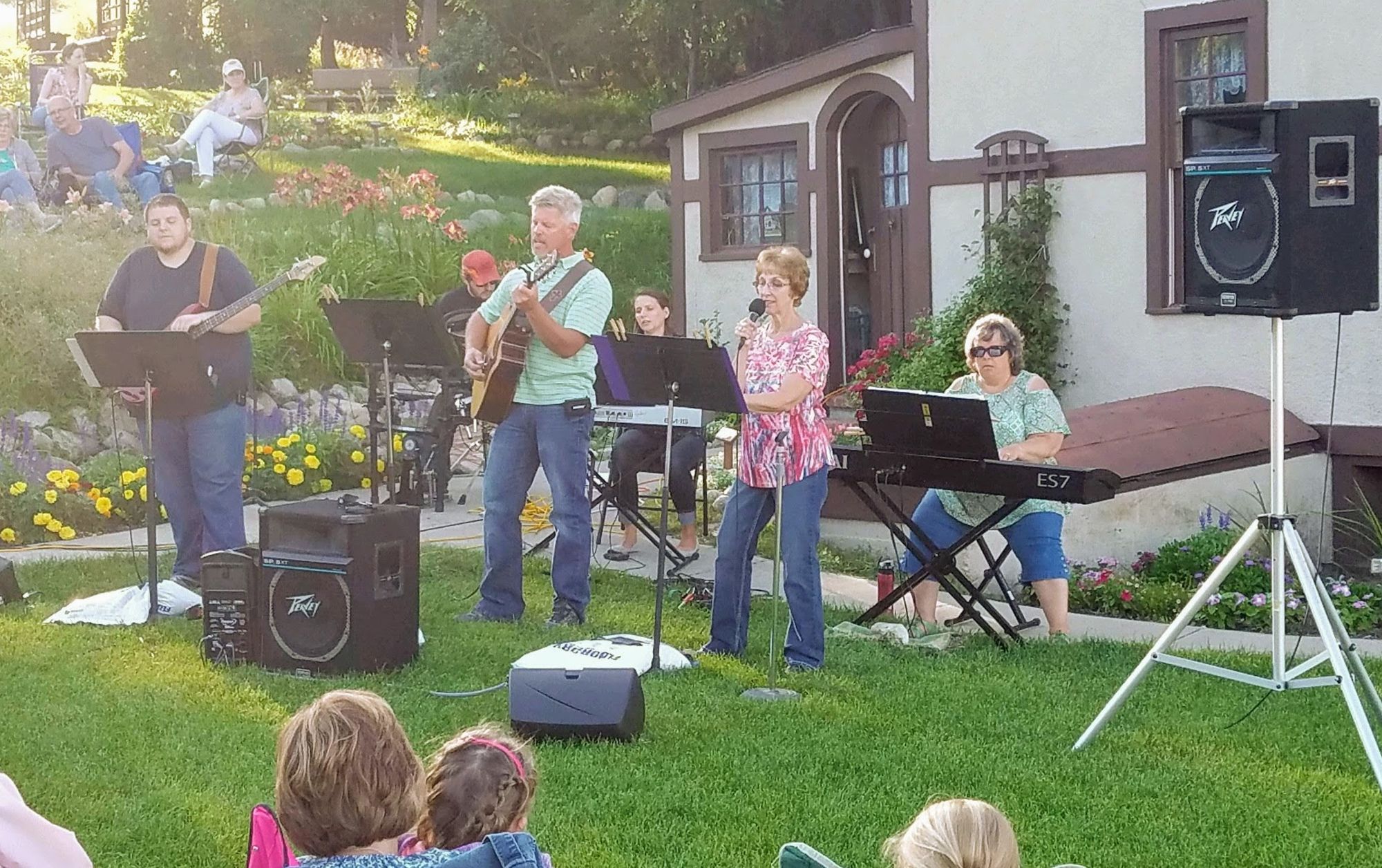
On a basic level, Tsakiridis said, many people would like to see the church as a place to feel better about themselves and the world around them, and the sometimes didactic approach of religion has turned some of those people away.
“When people go to houses of worship and are made to feel bad about themselves … they wonder why am I being treated this way,” he said. “They’re not thinking about whether this church has the proper theology or not. They’re going to gauge how they are treated and how they feel in that community.”
Religion can be replaced with ‘uglier forms’ of solace
Swanson and Tsakiridis both said one big danger of the decline in religious affiliation and church attendance is that some people may fill the gap religion once played in their life by joining groups with far less noble motives.
“If people don’t feel loved, that’s not good for a society because there’s suddenly a bunch of people who are not having a key need met in their lives,” Tsakiridis said. “Whether it is social gatherings or intimate faith relationships in spiritual life … something is lacking and is going to create problems for our society.”
For example, individuals who have unmet spiritual needs may be more likely to turn to alcohol, drugs, violence or radical political views either to cover up their pain or seek solace with others who feel alone or who think alike, Tsakiridis said.
“Religion is one of the roots of our community that we’re losing because we don’t have that stable place to go to to meet those needs,” he said. “That affects the rootedness of individual human beings, and if there’s a need that’s not being met, that can start to take uglier forms.”
Trying to reverse the trend
Religious leaders in South Dakota are well aware of the declining interest in and engagement with churches across the state, and they are taking steps to reverse the trend.
On a national level, the Catholic Church launched a three-year effort that will trickle down to the diocese and parish levels and include a detailed look at attendance and membership trends while also seeking local solutions to increase church membership that can be duplicated across the country.
The Sioux Falls diocese recently created a new position to foster growth of churches and to more assertively seek new church members.
The ELCA in South Dakota recently created a rural liaison position to aid small towns in protecting the church populations they have but also to listen closely to the needs of rural churchgoers or potential members and respond to any desires or concerns to spur greater membership.
Church leaders in various denominations across the state are acknowledging they must adapt to the cultural changes happening outside the church. While still sharing the Scripture and promoting the virtues of Christianity, church leaders say they must be more welcoming and upbeat, listen more to the needs of individuals and communities, and foster an environment of encouragement and support within the church.
“As the world keeps turning and changing around us, we expect the church to always be the same,” said Constanze Hagmaier, bishop of the South Dakota Synod of the ELCA.
“God will be the same, but nowhere does it say the church must be the same. If we can’t hear the voices that are out there and respond with faith, then we’re emptying the church on our own. We’re just helping them pack and go out the door because we refuse to open ourselves up to actually listen.”
Those kinds of changes, Swanson said, will be critical to the future of churches and organized religion. “Without soul searching and without honesty, the church has no future at all,” he said.
Synod Snapshot: Lutheran church in S.D and U.S. in decline
Here is a look at some key data points from the past eight years for the South Dakota Synod of the Evangelical Lutheran Church in America, or Lutheran church, and below find statistics on the national ELCA church system. Other organized religions in the United Stated are seeing similar declines.
South Dakota ELCA Category 2013 2021 % changeChurches 208 195 — 6.3%
Members 106,000 93,450 — 11.8%
Avg attendance 28,480 25,752* — 9.6%
Member giving $47.0 mill $42.9 mill — 8.7%
Total income $56.3 mill $48.8 mill — 13.3%
Operating costs $32.9 mill $35.9 mill + 9.1%
National ELCA1990: 11,100 congregations; 5.24 million baptized members
2020: 8,895 congregations; 3.14 million baptized members
30-year change: congregations down 19%; membership down 40%
Sources/notes: Membership numbers for SD and US are for baptized members; operating costs do not include debt payments, capital improvements or mission support; 2021 avg. attendance includes in-person and online. Source is ELCA reports.


